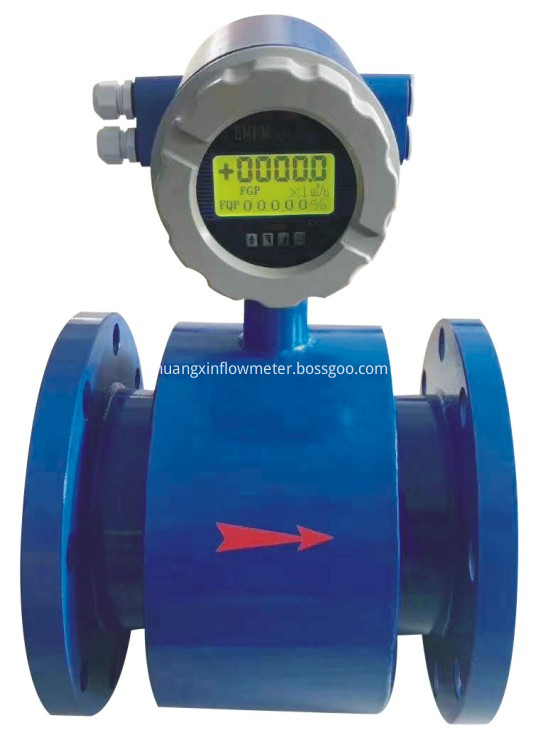1, the basic principles of testing Based on the standards (IEC standards and other international standards, national standards, ministerial standards), development specifications, enterprise standards, test specifications, based on test data, from the perspective of the user to evaluate the power system, will function Defects and failure hazards are exposed during the testing phase. Module specifications are subject to development specifications and enterprise standards. When the test items are not clearly defined in the development specifications and enterprise standards, the default reference indicators or industry standards for system indicators in the test specifications shall prevail. The test work is not affected by the project development team's attitude and ideas and other factors affecting the test process, and is carried out independently according to the test process. For the module test in the prototype phase (except for the optimization test of the module), the loop test is first performed, the loop test is unqualified, and the test is finished. After the module is returned to the project team for modification, the test application is resubmitted and transferred to the next cycle of the test. In the prototype test, if the test problem is serious and the module test work has been carried out smoothly, the test needs to be stopped to allow modification on the test system. After the project development team modifies the problem and completes the self test, resubmit the test. Apply and transfer to the next cycle of testing. In other cases, the test problem can only be modified and tested on the second set of prototypes and recorded. In the next test phase, the modified test questions are systematically verified and tested for other projects. The pilot test focuses on the replication results of the design product – the performance of the replica and the compliance of the indicators. 2 Technical Specifications When the specifications of the development specification or enterprise standard are lower than the relevant regulations of the industry, the development specification or enterprise standard shall be revised. Otherwise, the development specification or enterprise standard shall be judged according to the industry standard, and the overall specification shall be submitted to the development specification or enterprise. The criteria are reviewed. (1) Definition of indicators The ministry is marked as the minimum standard. When the development specification is superior to the ministry, national standard or international standard, the development specification and enterprise standard shall prevail: the indicators not specified are defined in the development specification, project task book and related standards. The indicator requirements are the basic indicators that the product must have. (2) Traction index In accordance with the principle of "testing technology to develop technology", we will move closer to international standards to drive the development indicators of the company's product technology. 3 Non-conformity test project classification principle 3.1 Type A problem (fatal problem): a project that threatens the safety of the person or property of the user; A project that causes the product to fail to work properly or whose performance is seriously degraded. 3.2 Class B issues (serious issues): Technical indicators fail to meet the requirements of product development specifications or enterprise standards; Various non-destructive extreme conditions (such as extreme transients, etc.) that may result in product damage; The loop test margin is insufficient. 3.3 Category C issues (general issues): Projects that do not affect product function and performance, such as: product appearance and unqualified items, and local temperature rise of measurement points not defined by test specifications; Projects whose technical indicators have not reached the traction index; Test items with insufficient margin testing (insufficient loop margin testing is a serious problem). 3.4 Class D issues (discussion issues): Research test unqualified items; Projects that are not clearly defined in the development specifications (or corporate standards) and test specifications; For the end of the test project failure, the test item that is sent to the tester and the tester is different and has no basis for judgment; The problems found in the test cannot be confirmed by the user. 4 product judgment criteria 4.1 Qualification judgment There is no A or B unqualified item, and the C type fails to be no more than 3 items, and the judgment module is qualified. 4.2 Failure judgment Class A and B problems, one is unqualified, that is, the module is unqualified; For the C-type problem, three items (excluding three items) are not qualified, that is, the determination module is unqualified. 4.3 Class D problem determination The overall group and the expert group determine the impact on the system's eligibility based on the technical, market, production, cost and other constraints. The judgment results of the D-type problem are the responsibility of the overall group and the expert group, and are not recorded as the evaluation index range of the testing department. Compact Electromagnetic Flowmeter
Compact Electromagnetic Flowmeter is those electromagnetic flowmeter that the converter and sesor of the flowmeter is integrated and installed in the site at the same time, and all data can be read directly.
Such flowmeter is usualy has the following features:
Size from DN15 to DN1000mm
Widely used in water hydraulic engineering, irrigation, chemical industry, electric power, food, brewing and other industries.
Compact Electromagnetic Flowmeter,Heating Supply Flow Meter,Conveniently Installation Flowmeter,Electromagnetic Flowmeter Water Meter Kaifeng Chuangxin Measurement & Control Instrument Co., Ltd. , https://www.kfcxflowmeter.com